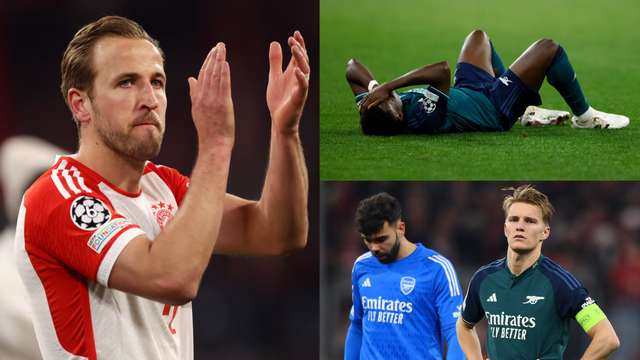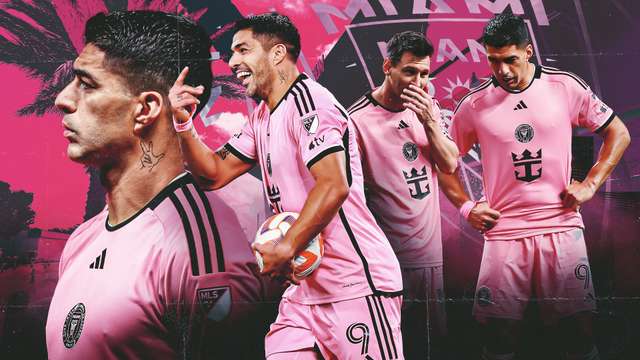It was not the most exciting weekend of Premier League action, at least until Chelsea’s collapse on Sunday evening, but nevertheless there were plenty of interesting tactical decisions that taught us more about the abilities of Jurgen Klopp, Maurizio Sarri and Manuel Pellegrini.
The FA Cup was considerably more engrossing than the Premier League action, with Manchester United putting in their worst performance since Ole Gunnar Solskjaer took temporary charge of the club.
In the league, Liverpool’s nerves nearly cost them at Fulham while West Ham’s comeback against Huddersfield was a tactical masterclass from Pellegrini.
Here are five tactical things you might not have noticed from the weekend’s games:
Klopp's nervousness shows as Liverpool almost stutter
Liverpool’s tactical approach at Craven Cottage was, for the first half, exactly what was needed to dominate what should have been a comfortable win against soon-to-be-relegated Fulham.
But nervousness from the players - and from Jurgen Klopp - almost saw Liverpool drop two points, a psychological blow that would have all but ended the title race.
Adam Lallana was restored to the left of central midfield to add drive and invention, and his runs helped cut through Fulham down that side of the pitch; Lallana, Sadio Mane, and Roberto Firmino repeatedly found space on the left (scoring the opener from this channel) thanks to Ryan Babel’s lack of defensive support for Timothy Fosu-Mensah.
What’s more, Liverpool’s use of long, raking diagonal balls to the full-backs stretched Fulham, whose insistence on playing out from the back was always going to be problematic against Klopp’s side.
But, around the hour mark, Liverpool started to tense up. Not only did Lallana and Firmino fade, but Mohamed Salah became increasingly selfish, the desperation to end his goal drought betraying the jitters that threaten to cost the club in the title race.
Worse still, Klopp gave a clear sign of his own nerves by replacing Lallana with James Milner rather than Xherdan Shaqiri, a substitution that seemed to negatively affect the Liverpool players.
They need to be braver, and more confident, if they are to overhaul Manchester City over the final eight Premier League games.
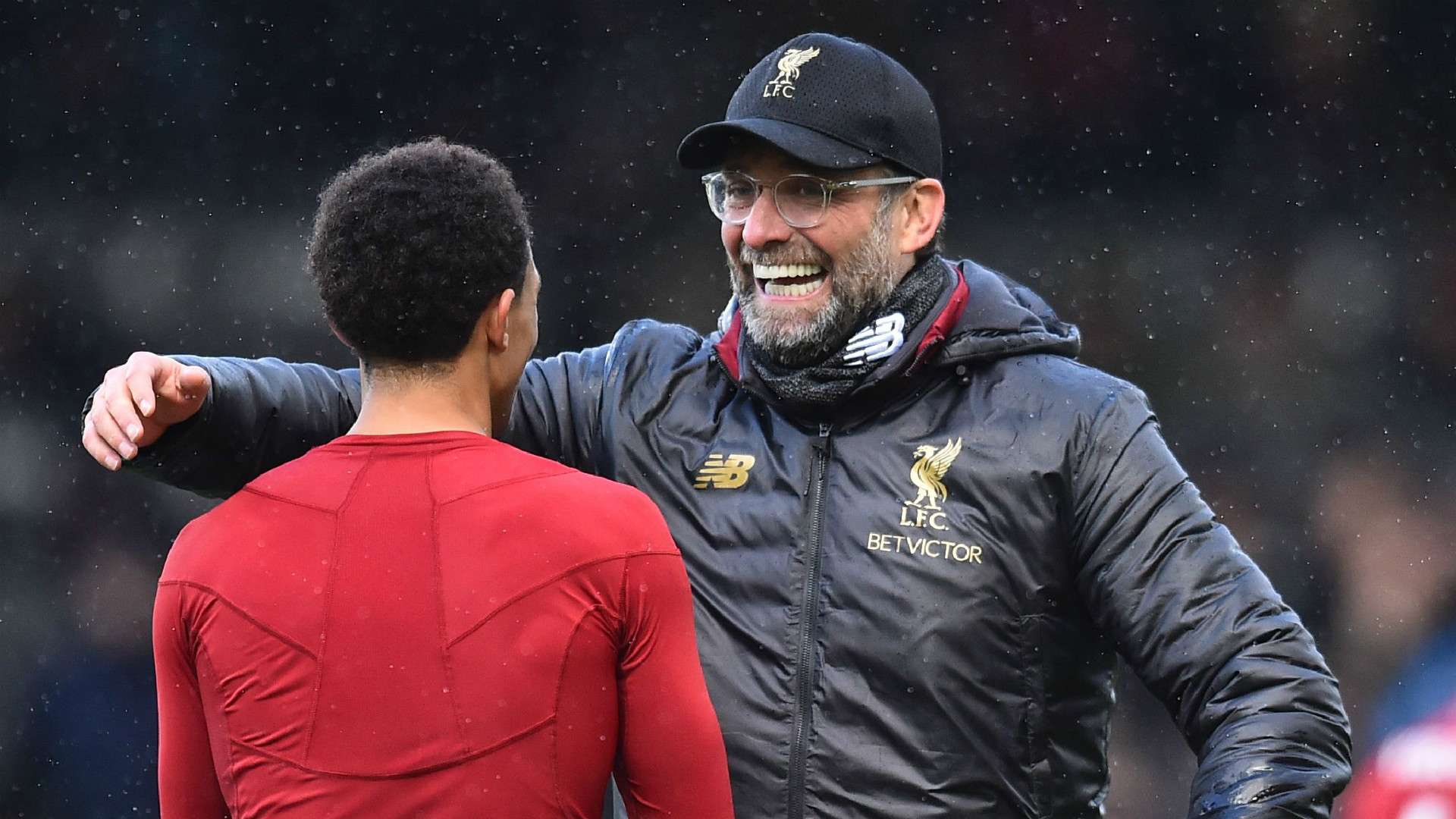 Getty Images
Getty Images
Maguire red fails to benefit Burnley
Red cards are supposed to be punishments, but on Saturday, Harry Maguire’s fourth-minute dismissal proved helpful for Leicester City by readdressing their match with Burnley's possession distribution.
In the first 210 seconds, the game had already fallen into the pattern most had anticipated, Leicester dominating possession (84 per cent) and Burnley waiting for opportunities to counter-attack.
This handed a clear advantage to the hosts, who only ever play well when opposing teams hog the ball – and thus are lured into an expansive formation for Burnley to exploit.
Had Brendan Rodgers not been so new to the job, and therefore still trying to imprint his tactics on the club, he would most likely have sat deeper at Turf Moor and refused to play into the hosts’ hands.
Maguire’s red card forced him to change tack. Leicester held 35% possession from that point onwards, winning the free-kick for their opening goal via a quick break after Burnley were caught in possession.
James Maddison continually found space between the Burnley lines of defence and midfield thanks to the Clarets having to play in a less compressed, more possession-based formation than they would have liked.
Solskjaer fails to react as Wolves run riot
Manchester United were slow and directionless for much of their 2-1 defeat to Wolves in the FA Cup on Saturday, mainly because Ole Gunnar Solskjaer’s formation – and team selection – was clearly wrong for a game against such stubborn counter-attacking opposition.
Energy levels were always likely to define a cup tie like this one, and yet Solskjaer started Jesse Lingard, Anthony Martial, and Ander Herrera after their recent injuries.
All three struggled to play with the sort of tempo needed to pull Wolves out of their shell or test such a well-drilled three-man defence. Playing a narrow 4-3-1-2 was also a major error given Wolves’ compact 3-5-2 shape; Paul Pogba was never likely to flourish at Molineux, and unsurprisingly United did not play with purposeful width.
But the biggest mistake was failing to react.
Wolves stubbornly frustrated the Red Devils for the first 45 minutes, which should have made Solskjaer switch formation either to a wider 4-3-3 or a mirroring 3-5-2.
His inertia was worrying, as was the performance of Nemanja Matic. Finding a modern, athletic defensive midfielder is surely a summer priority for United – no matter who is in charge.
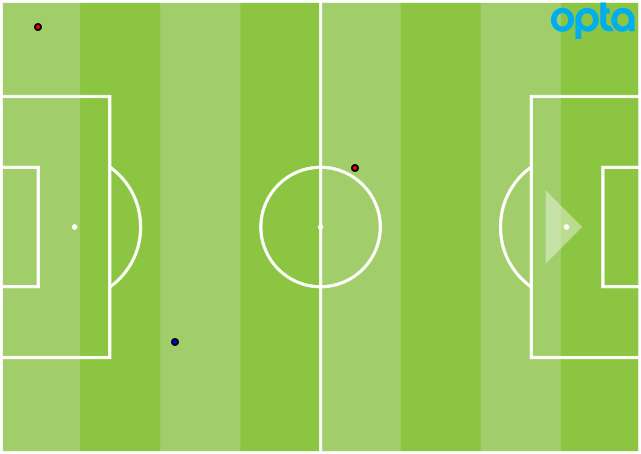
PIC: Matic tackle locations vs Wolves
Sarri again shown up for lack of flexibility
For the first 45 minutes at Goodison Park, Chelsea played fairly well, albeit relying far too heavily on Eden Hazard.
Marco Silva’s decision to play Richarlison on the right wing gave Hazard the freedom to run at a worried Michael Keane ,who has been chaotic of late, and twice the Belgian came close to scoring.
Gonzalo Higuain’s movement caused problems for a hesitant Yerry Mina, and Pedro weaved across the pitch in possession in a way that exposed Andre Gomes’ worst attributes.
And then they disappeared.
“We played the best first half in the season and we could have scored four or five and then suddenly we stopped playing,” Maurizio Sarri said after the game. “It’s very strange and we stopped to defend and counter-attack.”
Not for the first time this year Sarri admitted he “cannot explain” what went wrong, but we can.
Everton wised up after the break and pushed higher up the pitch, their full-backs getting increasingly involved to squeeze Pedro and Hazard out of the game.
Everton grew in confidence as Chelsea waned, and by asserting themselves – pressing the Chelsea wide men rather than standing off – Everton showed how one-dimensional their visitors have become.
It took Silva half a game to work Sarri out, but once he did the Italian had no response.
Pellegrini plays his cards to perfection
Manuel Pellegrini made several big decisions against Huddersfield Town to turn the game on its head, and the Chilean deserves the lion’s share of the credit for West Ham’s three second-half goals.
The most obvious success was bringing on Javier Hernandez, who scored twice, but Pellegrini’s other two substitutions - plus switching to a 4-4-2 - had just as big an impact.
Marko Arnautovic’s poor performance meant West Ham were flat in the first half, and things did not improve much until the 70th minute when Lucas Perez came onto the pitch.
Switching to 4-4-2, Perez and Hernandez alternated dropping off, forming a highly energetic striker partnership that upped the tempo after Huddersfield’s third goal had briefly dampened the mood.
It was Perez’s run into the left channel (something a lazy-looking Arnautovic had failed to do) that won the corner for Angelo Ogbonna’s headed goal.
Samir Nasri ran the game after that, popping up right across the width of the pitch and persistently looking for a forward pass.
With willing runners in Perez and Hernandez, it was no surprise that the hosts turned the game around. It was Nasri who crossed for the equaliser before Hernandez scored the winner in stoppage time, courtesy of a speculative Felipe Anderson shot that deflected behind for the decisive corner.
Anderson wouldn’t even have attempted such an effort 20 minutes earlier.
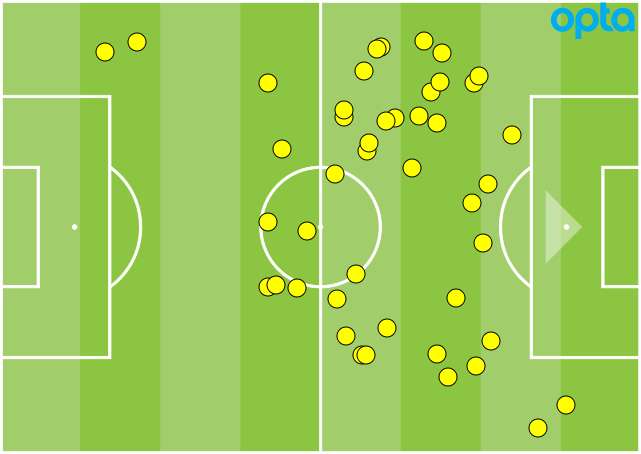
PIC: Nasri touches vs Huddersfield

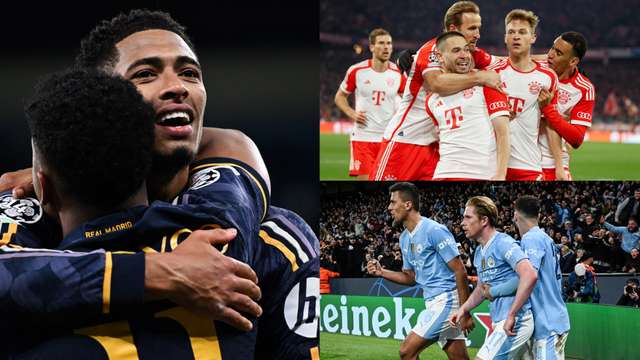
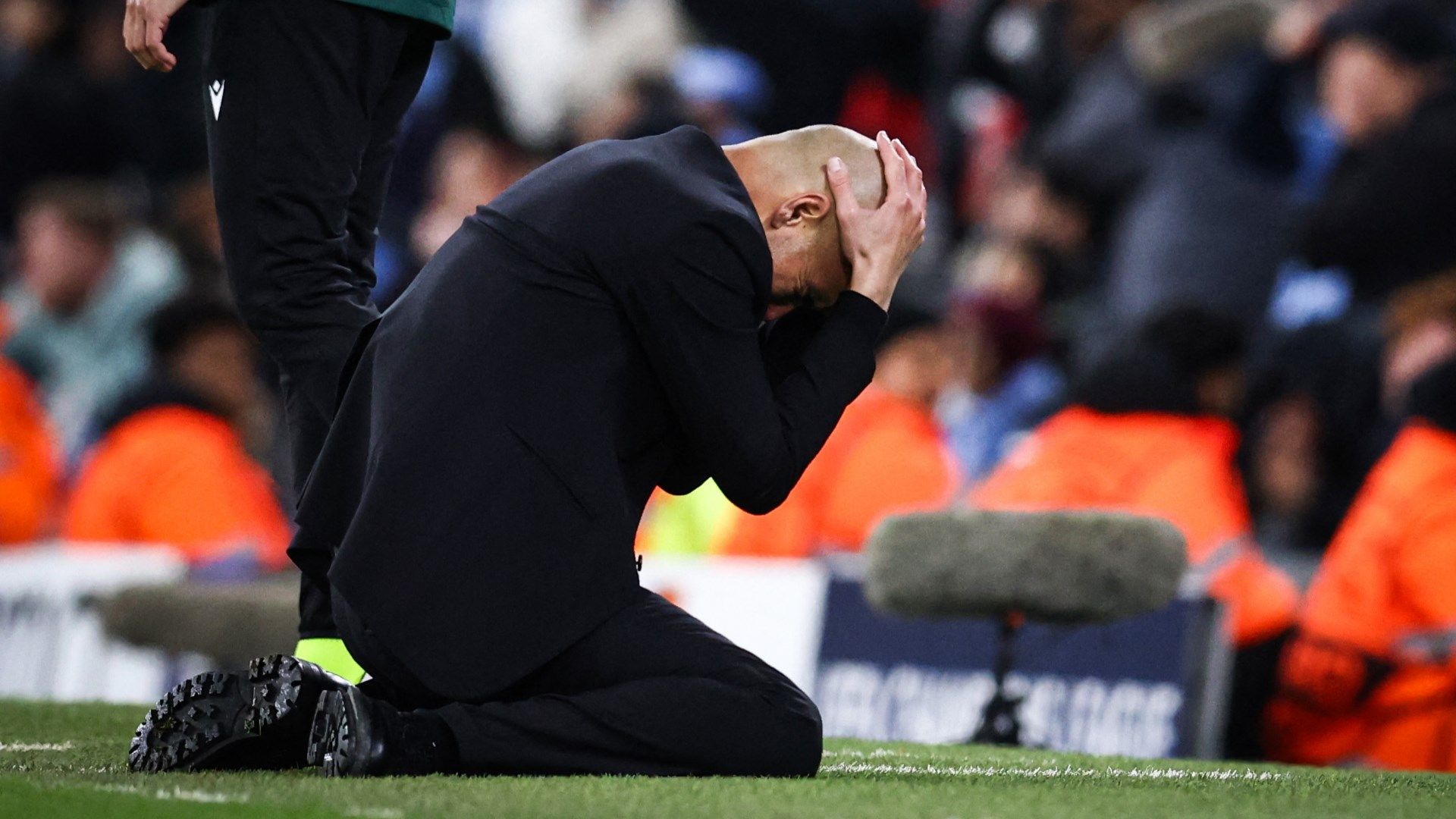.jpg?auto=webp&format=pjpg&width=640&quality=60)
